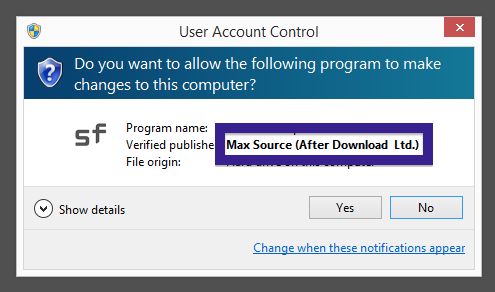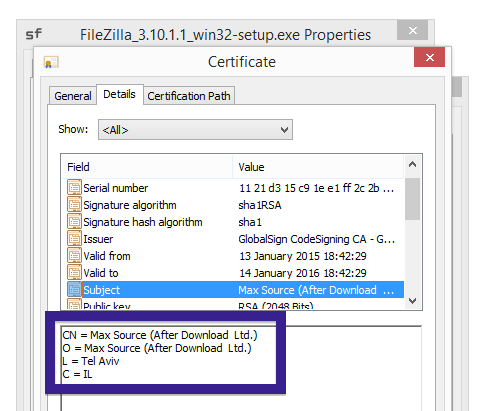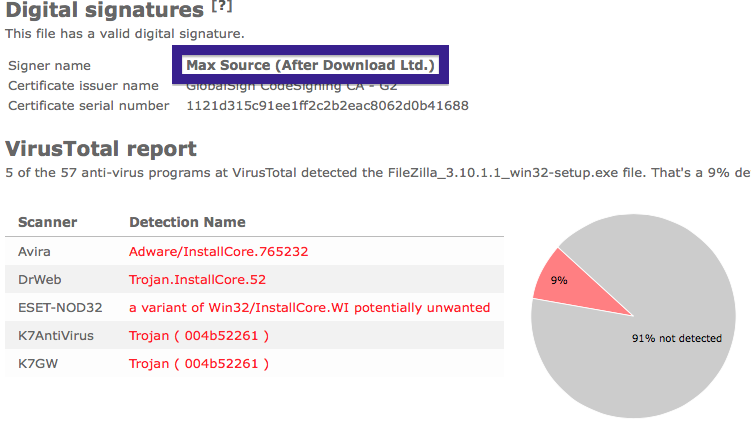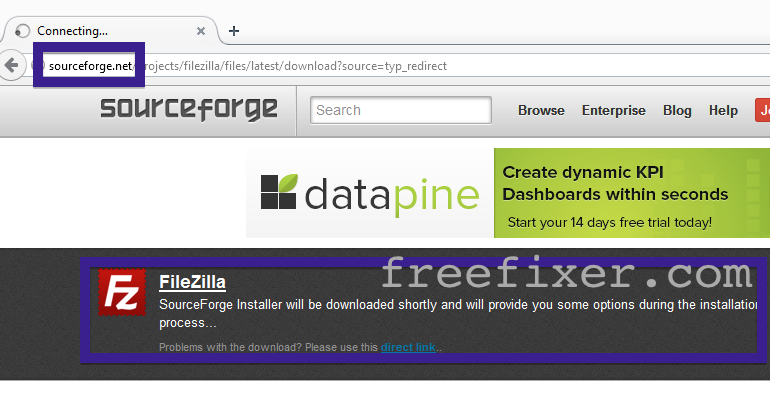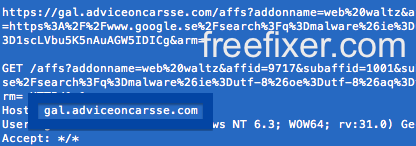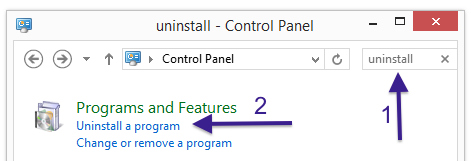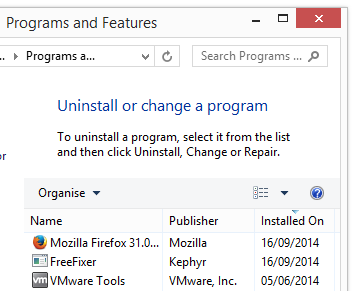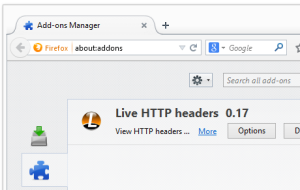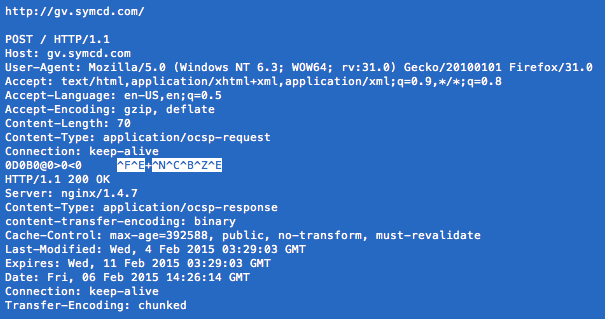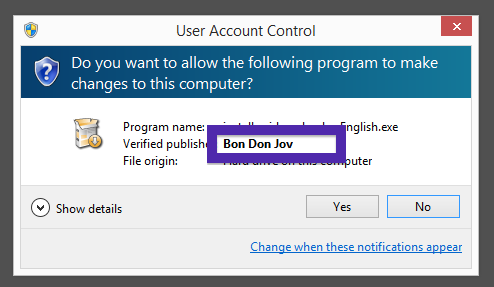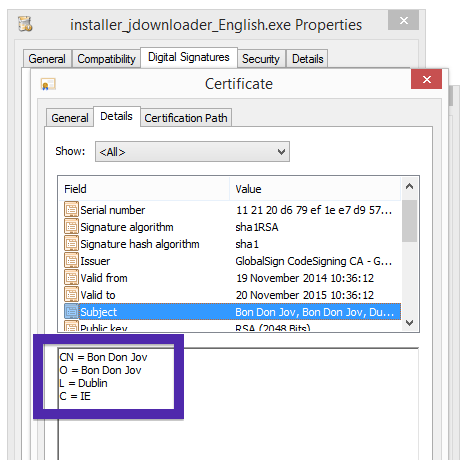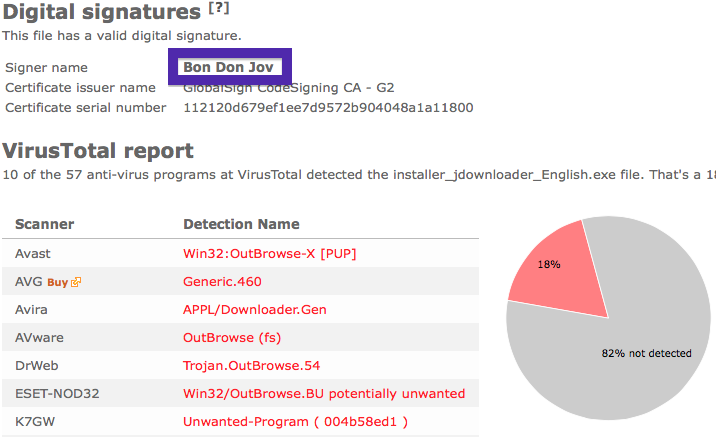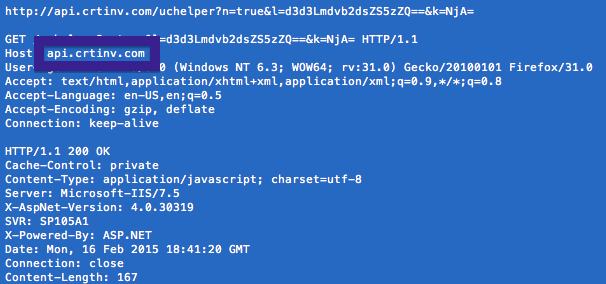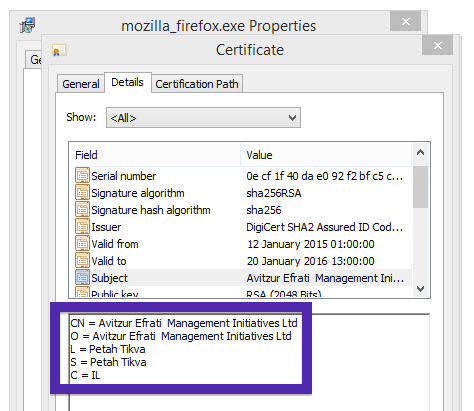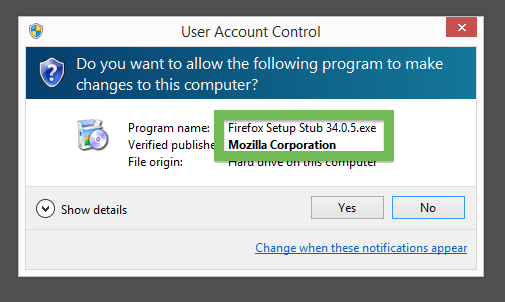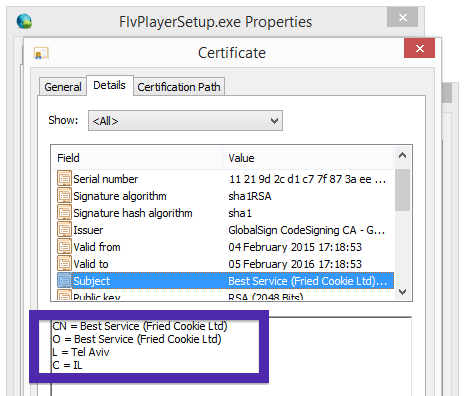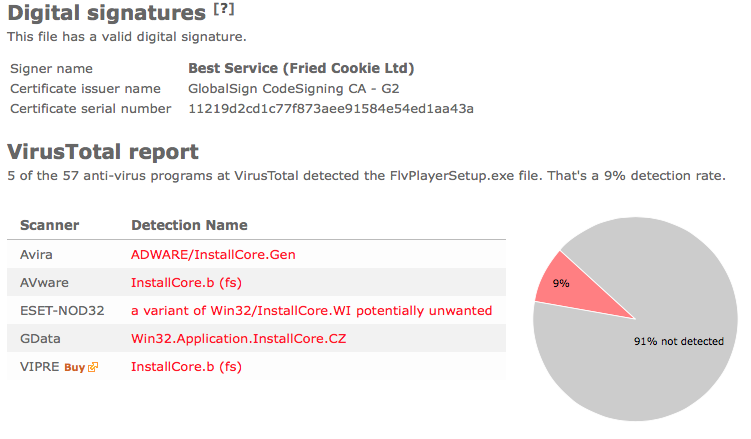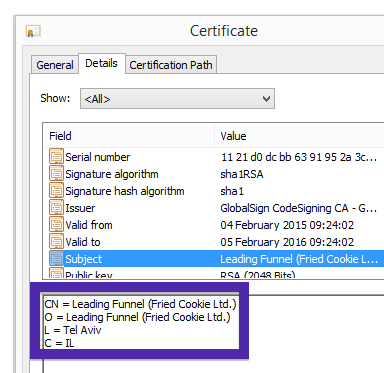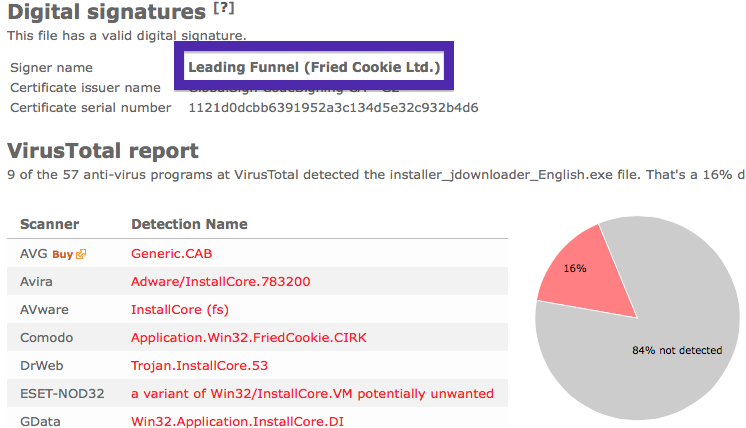Did you just get a pop-up from binaryprofessional.com and ask yourself where it came from? Did the binaryprofessional.com ad appear to have been launched from a web site that under normal circumstances don’t use aggressive advertising such as pop up windows? Or did the binaryprofessional.com pop-up show up while you clicked a link on one of the major search engines, such as Google, Bing or Yahoo?
Here is a screenshot on the binaryprofessional.com pop-up tab from my machine: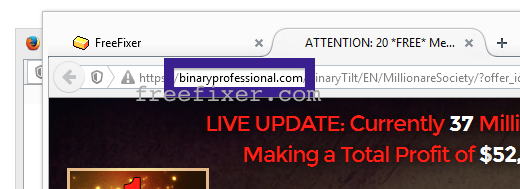
If this description sounds like your experience, you most likely have some adware installed on your system that pops up the binaryprofessional.com ads. So there’s no idea contacting the owner of the web site you currently were browsing. The ads are not coming from them. I’ll try help you with the binaryprofessional.com removal in this blog post.
I found the binaryprofessional.com pop-up on one of the lab systems where I have some adware running. I’ve talked about this in some of the previous blog posts. The adware was installed on purpose, and from time to time I check if something new has appeared, such as pop-up windows, new tabs in the browsers, injected ads on site that usually don’t show ads, or if some new files have been saved to the hard-drive.
binaryprofessional.com was registered on 2014-05-25. binaryprofessional.com resolves to the 50.7.157.122 address.
The binaryprofessional.com domain is attracting quite a lot of traffic, just check out the Alexa traffic rank:
So, how do you remove the binaryprofessional.com pop-up ads? On the machine where I got the binaryprofessional.com ads I had TinyWallet, BrowserWarden and BlockAndSurf installed. I removed them with FreeFixer and that stopped the binaryprofessional.com pop-ups and all the other ads I was getting in Mozilla Firefox.
The problem with pop-ups like the one described in this blog post is that it can be launched by many variants of adware, not just the adware on my computer. This makes it impossible to say exactly what you need to remove to stop the pop-ups.
To remove the binaryprofessional.com pop-up ads you need to examine your computer for adware or other types of unwanted software and uninstall it. Here’s my suggested removal procedure:
- What software do you have installed if you look in the Add/Remove programs dialog in the Windows Control Panel? Something that you don’t remember installing yourself or that was recently installed?
- How about your browser add-ons. Anything in the list that you don’t remember installing?
- If that did not help, I’d recommend a scan with FreeFixer to manually track down the adware. FreeFixer is a freeware tool that I’m working on that scans your computer at lots of locations, such as browser add-ons, processes, Windows services, recently modified files, etc. If you want to get additional details about a file in the scan result, you can click the More Info link for that file and a web page will open up with a VirusTotal report which will be very useful to determine if the file is safe or malware:

An example of FreeFixer’s “More Info” links. Click for full size.
Here’s a video tutorial which shows FreeFixer in action removing adware that caused pop-up ads:
Did this blog post help you to remove the binaryprofessional.com pop-up ads? Please let me know or how I can improve this blog post.
Thank you!

